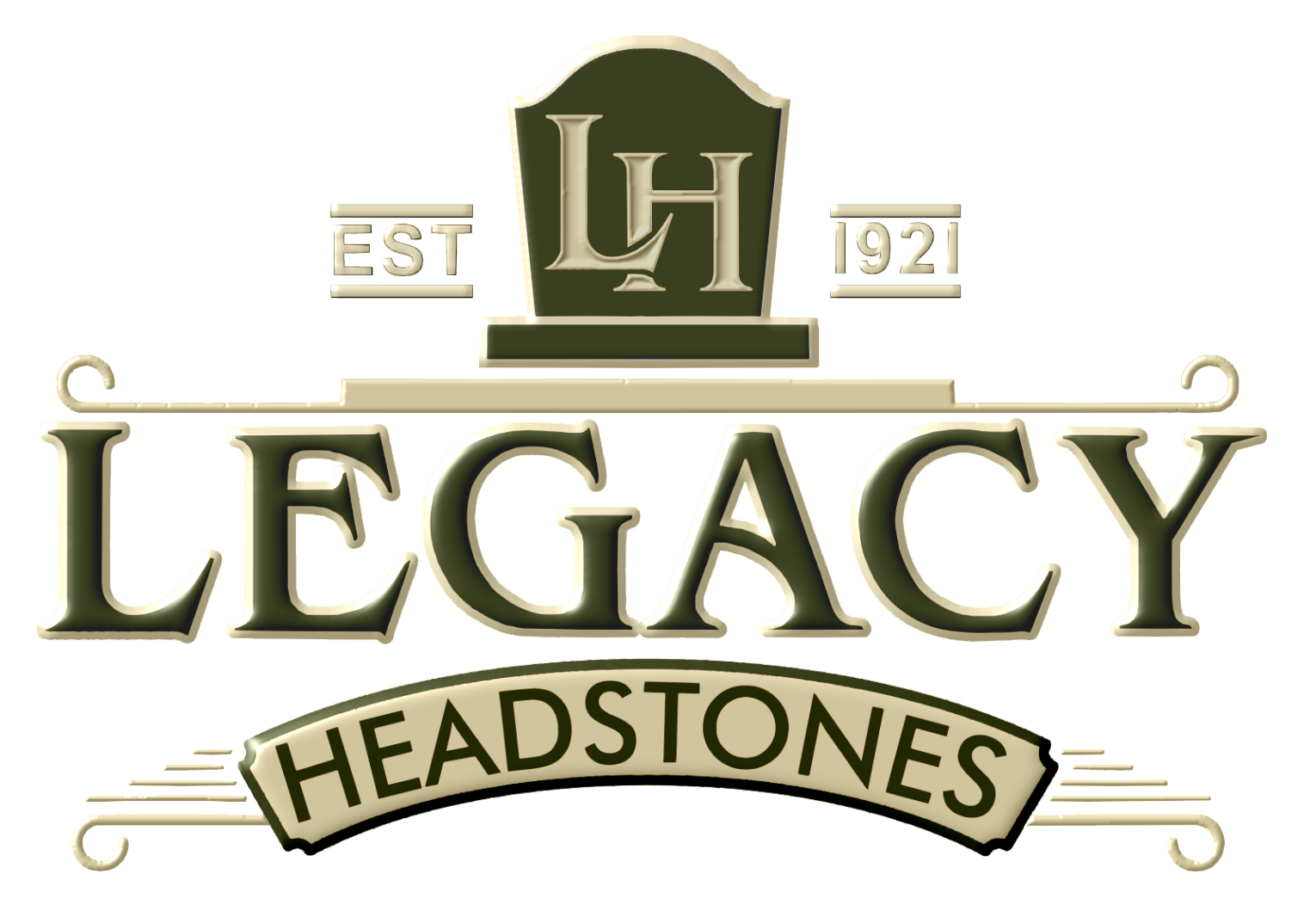Today's technological innovations have provided groundskeepers, Taphophiles, Anthropologists, Archaeologists, and graveyard enthusiasts many opportunities for discovery and study.
While traditional mapping and record-keeping methods are still widely used for graveyards today, many other options are available to help cemeteries and cemetery goers digitize cemetery records and maps. Digitizing is a fantastic tool for simplifying the process of preserving graveyard history. Graveyard mapping is invaluable for collecting records, attracting visitors, and more.
What is Graveyard Mapping?
For cemeteries that engage with the public, mapping is crucial for managers and visitors, especially members of the cemetery's community. Mapping is far more than making an accurate drawing and layout of the cemetery. Cemetery mapping is a process that benefits the cemetery's operations, such as daily tasks needed for cemetery plot records and data. It is also a much-needed accessibility tool for cemetery visitors to help direct them to graves, monuments, and memorials found within the cemetery.
Depending on the cemetery, accuracy and detail can vastly vary depending on what their current management uses.
Cemetery Mapping Types
Cemetery mapping can be accomplished in many different ways:
- Traditional mapping using manual methods such as paper ledgers, information from photographs, and hand-drawn maps
- Excel spreadsheets and cemetery plot maps
- Google Maps
- QGIS – A professional GIS (Geographic Information System) for viewing, editing, and analysis of geospatial data
In addition to these methods, more cemeteries are employing GPR, or Ground Penetrating Radar, to detect and mark graves that may have been lost due to missing documents and records or unaccounted for due to inaccurate mapping or natural disasters. GPR does not disturb the soil or gravesites and is extremely useful in finding or uncovering a cemetery's exact size and extent.
What Happens When a Cemetery Loses Records?
When a cemetery does not have a record for an old gravesite, a graveyard with no record is discovered, or a burial without a marker—most cemeteries will turn to ground-penetrating radar before any other action is considered. A GPR survey team can then begin scanning, quickly seeing what is below the ground and finding many burial locations that may have been lost with exceptional accuracy. GPR can pick up metal, wood, cement, concrete, bones, ceremonial items, and disturbances or voids in the soil that could indicate a burial exists.
The Past and Present of How Graveyard Mapping Is Done
The traditional method of cemetery mapping had to be done manually and by hand, and some cemeteries still utilize this mapping method. Manual mapping entails keeping a detailed record within a paper ledger, updating it with any new burial plot or amendments to old ones by hand. Cemetery plots are drawn on paper, and management efforts must be made to keep the ledger and plot map updated and aligned.
This traditional method, however, has become notoriously difficult as time goes by. Issues such as:
- Changes in cemetery management and administrators restructuring different ways of map-keeping
- Annotations and hand-writing on older maps, some up to a century, so faded or damaged, or even written over, becoming too difficult to read.
- Inconsistencies with information create compound errors and imprecise or rough indications of where someone might be buried.
- Turning toward digital and online tools has allowed cemetery management and history seekers tools to keep accurate records that solve these inconsistencies. Many cemeteries have shifted toward digital tools, programs, and software that enable them to maintain clean, precise records that are fast to reference and take seconds to search.
How difficult or how easy it is to begin the transition from traditional to digitalizing depends on the size of the cemetery and the records, but it commonly entails:
- Compiling burial records from original ledgers and microfiche.
- Depending on the cemetery, volunteers and descendants may work with the graveyard to research first-person accounts, correspondence, newspapers, photographs, biographies, documented monuments, and military history if errors are discovered.
- Find and record the geographic location of burials, using latitude and longitude points recorded in a GIS (Geographic Information System) database, serving as a referenceable digital filing cabinet.
- Create a digital map of the cemetery with a high-resolution aerial base map, and begin marking cemetery lots with an identification number on the map linked to their location.
From there, cemeteries have many choices and avenues available to them on how to present the information to the public and how to access and keep it updated privately.
Cemetery mapping is essential for maintaining an accurate record of day-to-day operations, allowing professionals to quickly and accurately locate gravesite plots and help their local community and visitors find their way.

